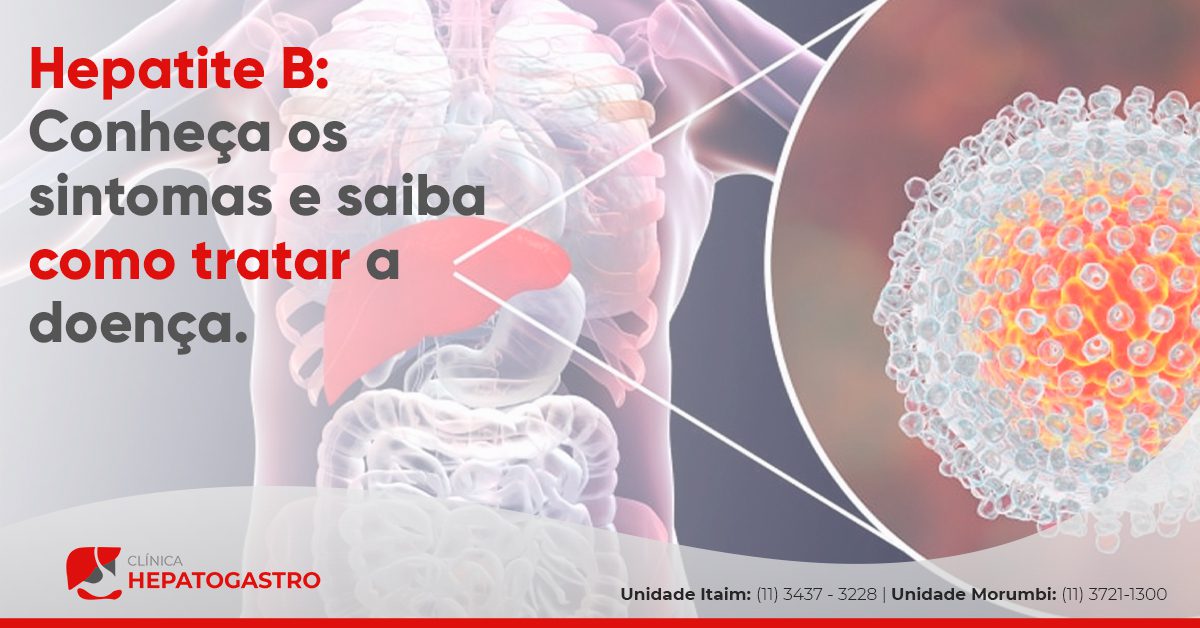

2–5 However, the optimal clinical approach to these patients remains poorly defined, and practice varies widely. 1 Similar early stroke risk has been demonstrated in multiple other distinct populations. In a large observational study, 10% of patients with TIA experienced a stroke within 3 months, and half of these strokes occurred within 48 hours of the initial TIA. There is an evolving consensus that patients experiencing a transient ischemic attack (TIA) are at high short-term risk of stroke. Of those who underwent MRI, 15 of 61 (25%) were DWI+, but this correlated poorly with ABCD score (0 to 1 17% 2 10% 3 36% 4 24% 5 13% 6 60% P for trend=0.24).Ĭonclusions- Although the ABCD score has some predictive value, patients with a score <4 still have a substantial probability of having a high-risk cause of cerebral ischemia or radiographic evidence of acute infarction despite transient symptoms. ABCD scores in the 2 patients with stroke were 3 and 6. The frequency of high-risk patients increased with ABCD score (0 to 1 13% 2 8% 3 17% 4 27% 5 26% 6 30% P for trend=0.11). Overall, 26 patients (22%) were classified as high risk, including 2 strokes, 2 deaths, 15 with ≥50% stenosis, and 10 with cardioembolic source. Median time from symptom onset to enrollment was 25.2 hours (interquartile range 19.8 to 30.2). Results- Over 3 years, 117 patients were enrolled. Findings on diffusion-weighted MRI (DWI) were also evaluated when performed and patients classified as DWI+ or DWI−. The high-risk group included patients with stroke or death within 90 days, ≥50% stenosis in a relevant artery, or a cardioembolic source warranting anticoagulation. The primary outcome assessment consisted of dichotomization of patients into 2 groups. Methods- This was a prospective study of TIA patients (diagnosed by a neurologist using the classic <24-hour definition) hospitalized <48 hours from symptom onset. We evaluated this scoring system in an independent population. A score <4 reportedly indicates minimal short-term stroke risk. This score incorporates age (A), blood pressure (B), clinical features (C), and duration (D) of TIA. Customer Service and Ordering Informationīackground and Purpose- A 6-point scoring system (ABCD) was described recently for stratifying risk after transient ischemic attack (TIA).Stroke: Vascular and Interventional Neurology.Journal of the American Heart Association (JAHA).

Circ: Cardiovascular Quality & Outcomes.Arteriosclerosis, Thrombosis, and Vascular Biology (ATVB).


 0 kommentar(er)
0 kommentar(er)
